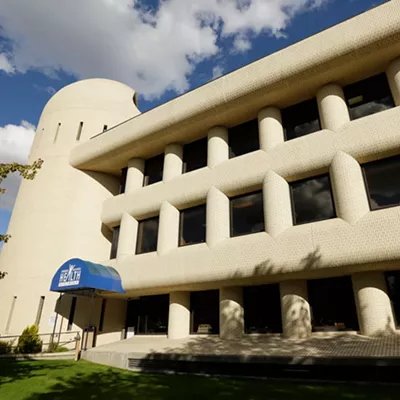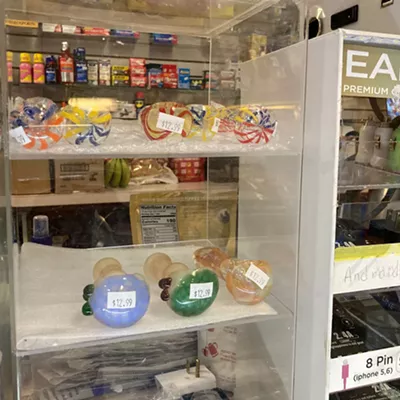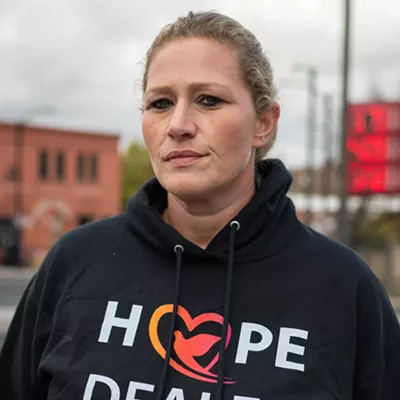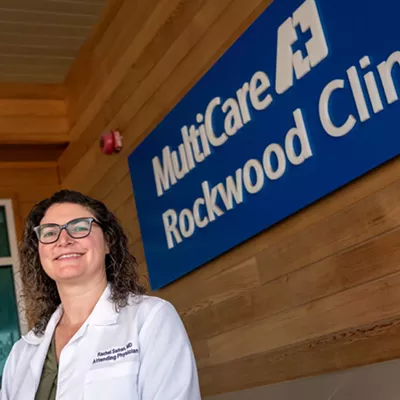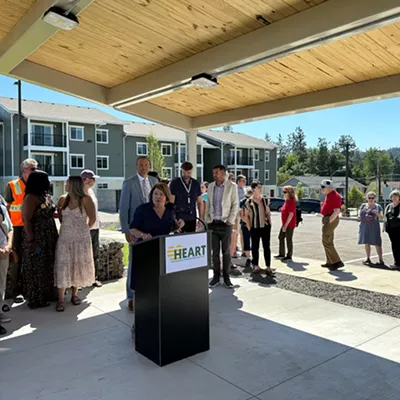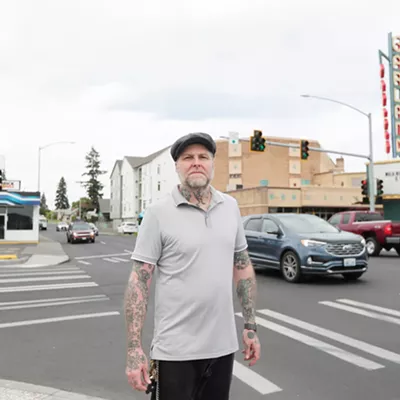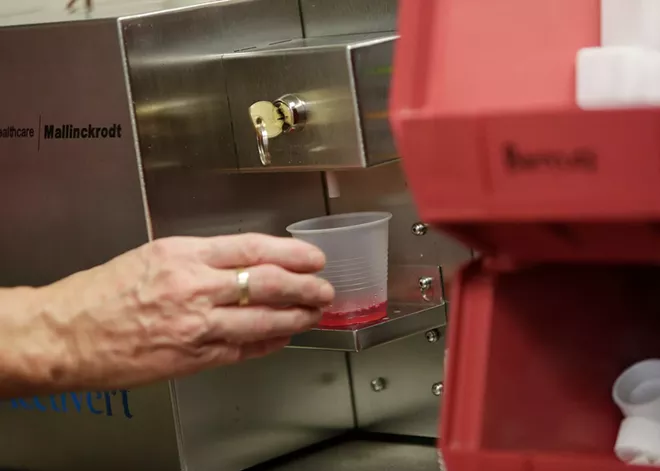
With the largest single-site opioid treatment program in the state and one of the largest in the country, Spokane Regional Health District treats nearly 1,000 clients for opioid and substance use disorder.
The district's treatment services division started in 1990, when no one else in the community provided methadone for opioid use disorder, and heroin was typically the drug of choice for clients.
As the opioid epidemic grew with legal prescriptions for oxycodone pushed by pharmaceutical companies, more community opioid treatment programs opened, and with the rise of even more potent fentanyl in recent years, the demand for those services has continued to increase.
Now, the health district's new administrative officer, Alicia Thompson, wants to figure out whether splitting the treatment services program from the government agency might be beneficial. Thompson, who was appointed to the head role at the district last November, is a licensed master social worker and has a Doctorate in Public Health.
On April 25, Thompson got approval from the local health board to conduct a feasibility study to determine whether splitting that service into its own private entity would be a good move for employees, clients and the community.
She stresses in an interview with the Inlander that the district will only move forward with separating the program if the split would be better for all three groups. If not, the program will remain in place.
"No decision has been made," Thompson says. "A decision cannot be made until the feasibility study is complete. And we have to prove that it would be in the best interest of our community, our clients and our employees to separate and become a private entity. If we can't prove that, then it's not going to happen."
Aside from last year, when some clients faced pandemic-related lapses in their insurance coverage, the program has been completely self-sustaining, with insurance and out-of-pocket fees covering the costs. The program relocated last year, moving from the health district building near Kendall Yards into a formerly county-owned building on Eighth Avenue near the hospitals.
The program is licensed to provide outpatient opioid and substance use treatment, and multiple outpatient mental health services.
Opioid treatment is not one of the "core services" for public health to offer, according to Washington state Department of Health guidance, Thompson points out. There's only one other health department in the state that offers that treatment.
The question of whether treatment services should break away from the health district has been raised several times over the years. But previously, no one officially studied what that would entail, says Misty Challinor, director of the treatment services division.
"It was just a matter of timing and someone that was willing — as Dr. Thompson is doing now — to look into it and see if it was something that makes sense," Challinor says.
Privately run treatment programs can be more nimble with decisions, such as quickly hiring staff and opening more space for patients as needed, Thompson says. But when operated through the health district, the program has to comply with governmental red tape that slows down decisions.
"Running an [opioid treatment program], it should be like a business, and that can't run like a business within SRHD," Thompson says.
For example, because of prior decisions at the health district not to accept federal grant money (due to some required bureaucratic processes), the program can't apply for federal money that might help clients, she says, such as funding that's becoming available to help provide medication-assisted treatment.
Thompson is meeting with the current treatment services employees to hear their feedback and concerns this month.
For members of the public who want to weigh in, Thompson hopes to host public meetings in June. Ultimately, she says she thinks the study can be completed within about four months.
This week she's also meeting with officials in Montana to see how separating a government-run program into its own business worked for them. When Thompson worked at the health department in Great Falls, Montana, she started the process of separating a federally qualified health center from the department. The majority of that work was finished after she left, but she's heard that it enabled the health center to thrive.
Thompson is also reaching out to other opioid treatment providers in the area and says one has already expressed interest in taking over the program.
But, again, the health district would only consider passing the program off to a private entity if that company has a good reputation for caring for its staff and clients and for working well with the public, she says.
"It just won't happen if it's not in the best interest [of everyone], and the first step is to find that out," Thompson says. ♦




